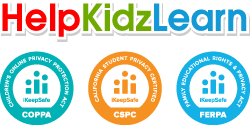Game On! Why Games Rock in Special Education Classrooms.
Imagine your students lighting up with excitement while learning. No more blank stares or struggling to stay focused. That is the magic of game-based learning in special education classrooms!
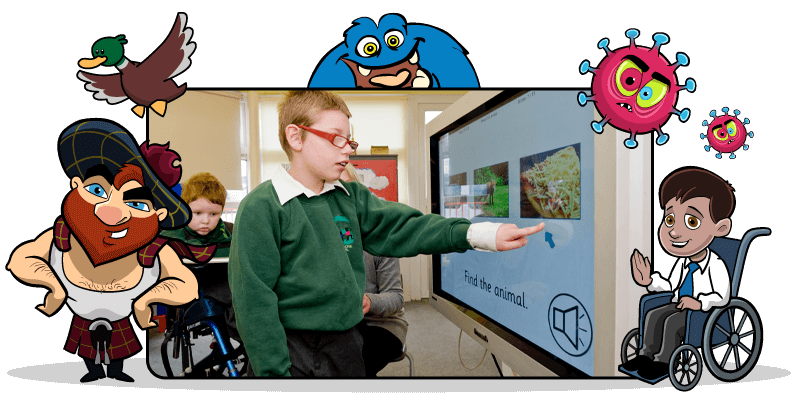
A powerful tool for special education.
Game-based learning in special education is a game-changer! It ignites engagement with fun, interactive activities, keeping students motivated and focused. The magic lies in the immediate feedback and rewards that fuel progress, while adjustable difficulty levels ensure everyone plays at their own pace. Games are not just fun, they are skill-building powerhouses, nurturing memory, problem-solving, collaboration and even motor skills. Plus, they offer a safe space to practice and make mistakes without fear, encouraging a love for learning that transcends the classroom. It’s not just playtime, it’s personalised learning at its finest, empowering students with special needs to thrive!

Increased engagement and motivation.
Games bring a whole new level of excitement and interaction to learning, which can be a game-changer for those who find traditional methods a bit tough. They're like the secret sauce that keeps learners engaged and motivated! What's cool is that games give learners instant feedback and rewards, so they can see how they're doing right away and keep that motivation going strong. Many games, like our ChooseIt Maker software, add a personal touch. You can mix and match photos, symbols, text and sounds to create all sorts of fun quizzes and activities. This kind of customisation really speaks to different learning styles, giving teachers like you the superpower to make learning extra engaging for your students.
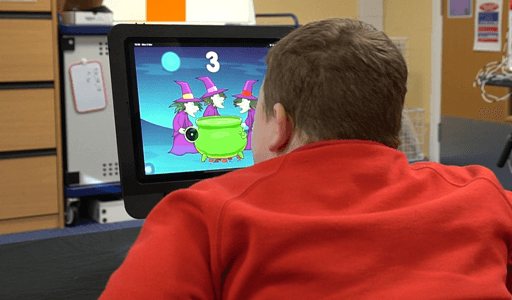
Differentiation and accessibility.
The great thing about games is that they can be adjusted to different difficulty levels and used to progress as new skills are learnt. They even bring together sounds, visuals and hands-on activities, making learning super fun and accessible for all kinds of learners. Plus, games create a relaxed environment where students can practice without worrying about making mistakes. It's like a no-pressure zone where they can try new things and learn from them, without any real-world consequences. This is especially great for those who might feel a bit anxious or scared of messing up in traditional classrooms.
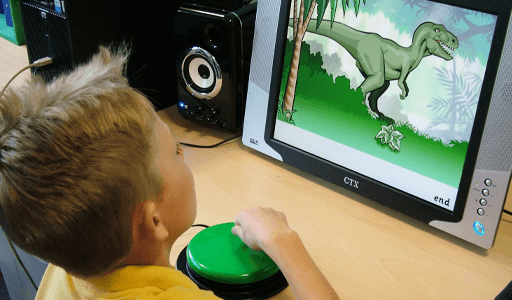
Implementing games into education.
When it comes to integrating game-based learning into special education, it's essential to approach it with care and thoughtfulness. While it's not a magic fix, with the right planning and implementation, it can truly make a difference. First things first, it’s important to make sure the games you choose are in sync with your learning goals and Individual Education Plans (IEPs). It's all about picking the right game that aligns perfectly with what you want your students to achieve.
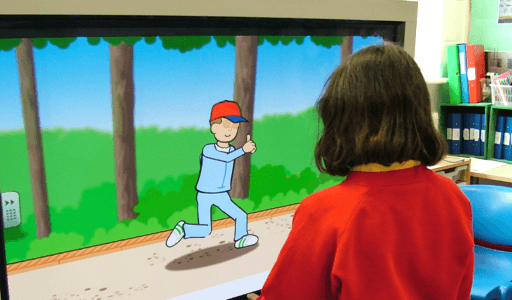
Universally accessible games.
Accessibility is key too. We need to ensure that all our students, regardless of their abilities, can fully engage with the games. That means taking into account any physical or sensory limitations they may have. This is something we thought carefully about when creating our software – making sure it worked with a wide range of access methods; eye-gaze, touchscreens, switches and more. And let's not forget about keeping tabs on progress. Regular monitoring and assessment help us fine-tune our approach and make sure we're on the right track. This is something we include in all our software, so you can easily keep track. Overall, game-based learning holds a lot of promise for special education. It's a way to spark engagement, boost learning outcomes and nurture essential skills. By being mindful of each student's needs and rolling out games strategically, we can tap into the incredible potential of this teaching tool. Let's make learning an adventure for everyone!

e-book Games in the Classroom.
Download our FREE e-book for Games in the Classroom and learn more about games-based learning in special education.

